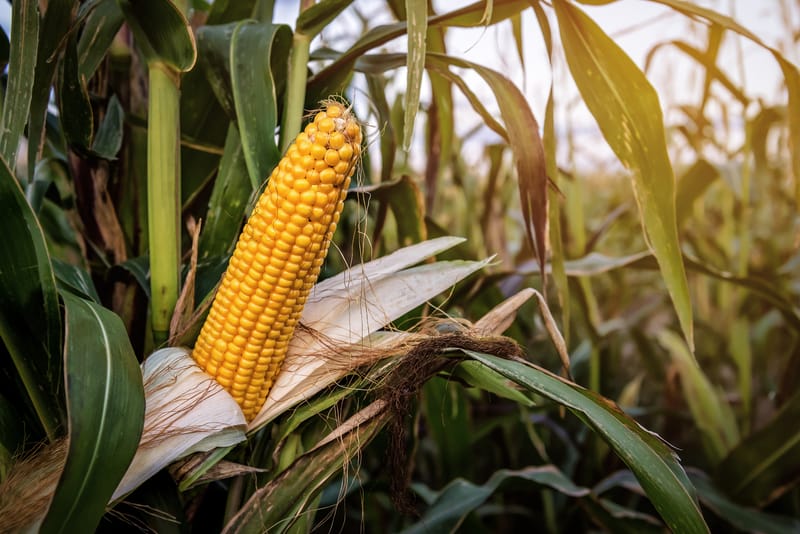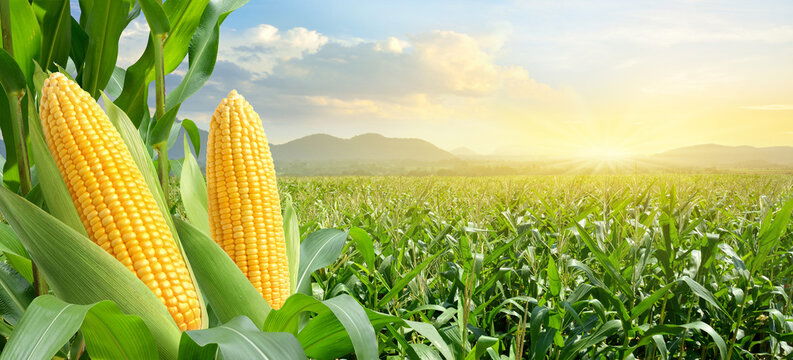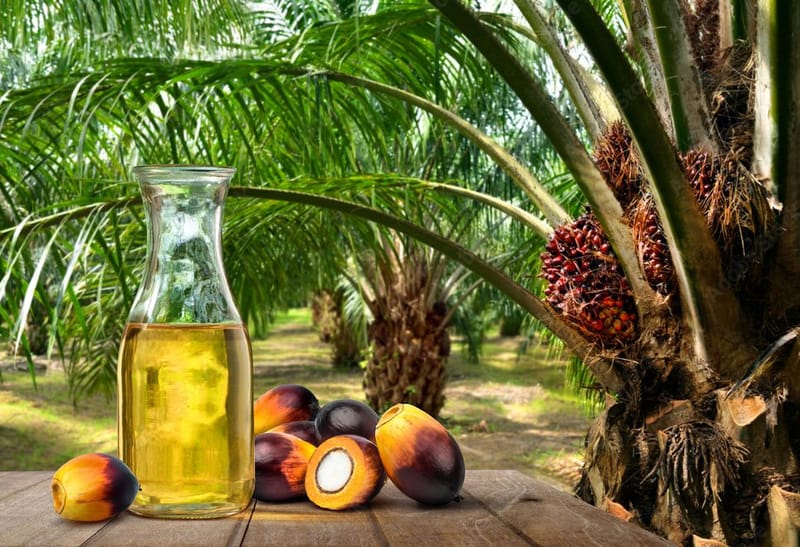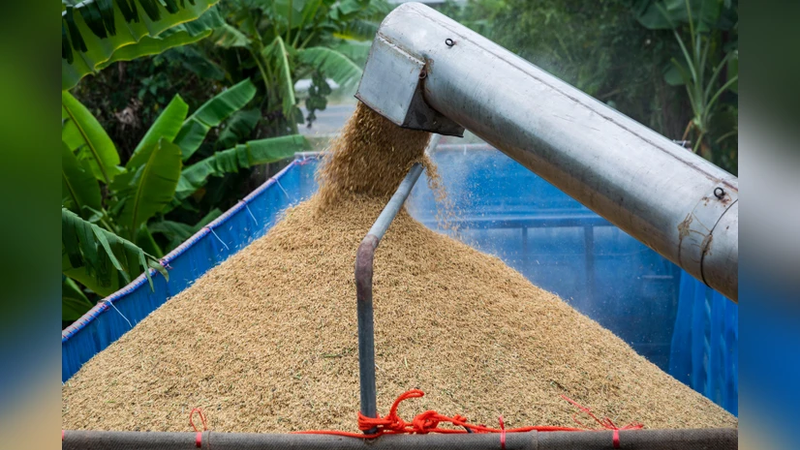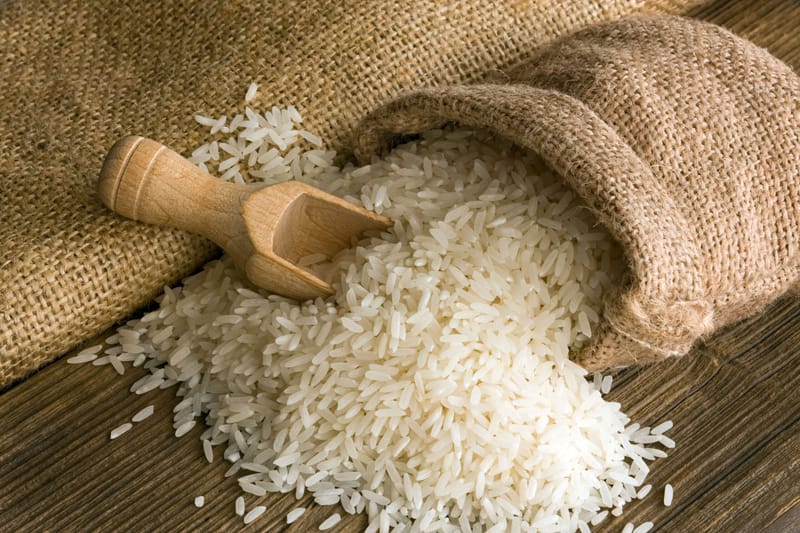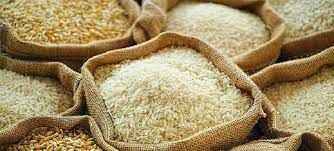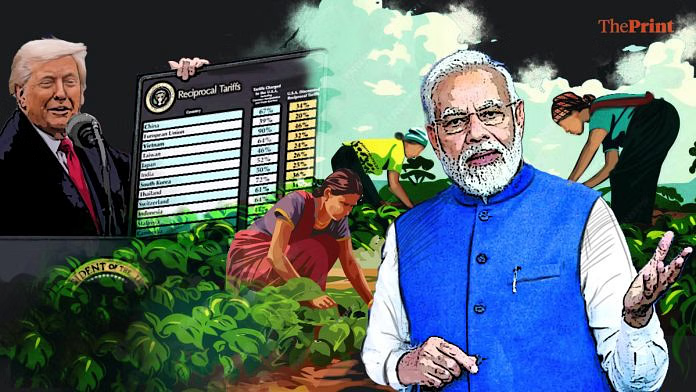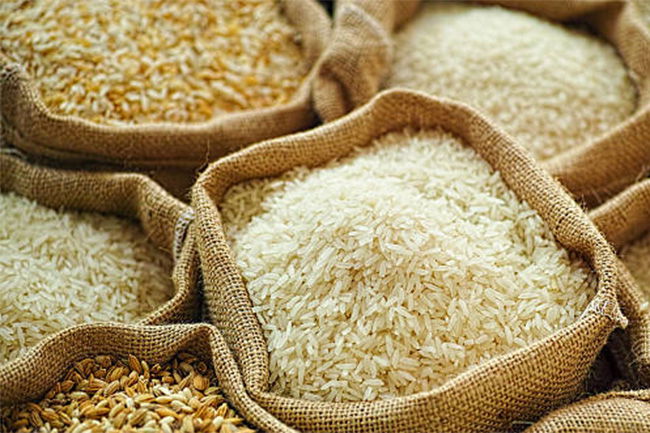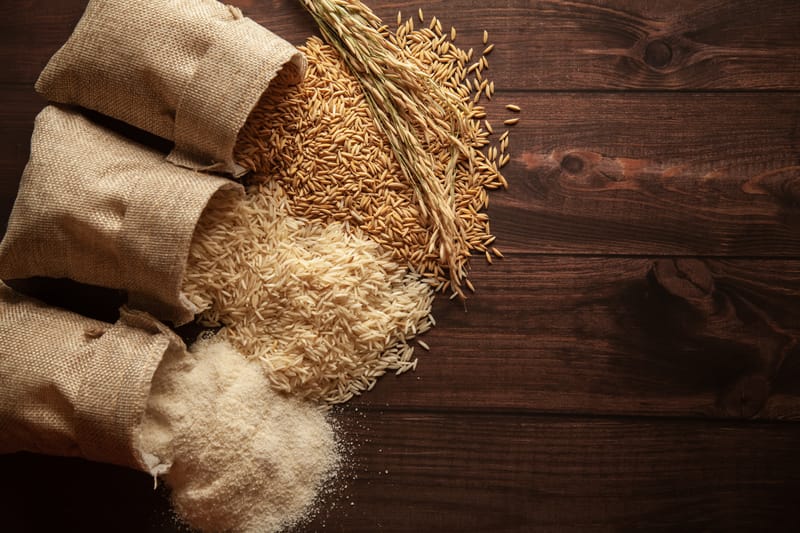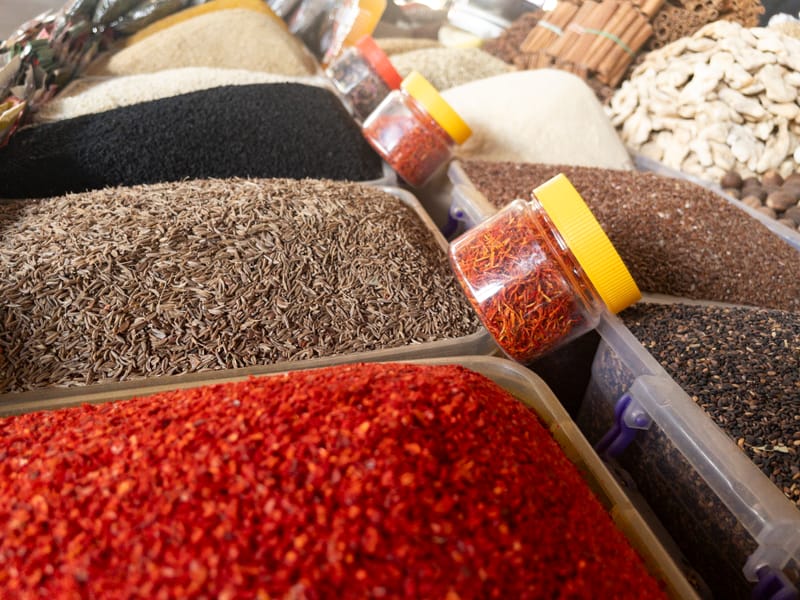ARTICLE 2 #Import
India’s maize output has grown steadily from 10 million tonnes in the early 1900s to 42.3 million tonnes today. To accelerate this growth, Chouhan urged states like Punjab and Haryana, which are traditionally focused on paddy, to diversify into maize cultivation. He also noted that maize prices, which had previously fallen below the minimum support price (MSP) of Rs. 2,400 per quintal, have started rising due to the government’s ethanol blending target of 20 percent by 2025–26.
Read More14 July 2025, New Delhi: The Indian Agricultural Research Institute (IARI), Pusa, has issued a warning to maize-growing farmers across India about a rising infestation of the Fall Armyworm (FAW), a destructive pest known to cause significant damage to maize crops. According to IARI experts, early signs such as wilting plants and holes in the leaves indicate the presence of this invasive pest, which can rapidly spread and devastate entire fields if not managed promptly.
Read MoreThe Indian government plans to increase crude palm oil production from 0.35 tonnes to 2.3 tonnes by 2029 under the National Oil Palm Mission. The area of plantations will be expanded from 0.6 million to 1 million hectares with the support of private companies and high-tech agriculture. The goal is to reduce the import of edible oils and support farmers through guaranteed prices, reports Financial Express.
Read MoreIndian rice millers and exporters are upbeat about Bangladesh's "plan to import 9 lakh tonnes of rice", anticipating a boost in demand and better prices for the cereal, stakeholders said on Sunday. With India accounting for 46 per cent of global rice exports, the country is expected to "emerge as the primary beneficiary of the move for its proximity, availability, and competitive pricing", they said."Of the total import plan, 4 lakh tonnes will be procured directly by the Bangladesh government through international tenders, while another 5 lakh tonnes will be imported by private traders of the neighbouring country. The decision comes earlier than usual, amid fear of crop loss due to heavy rain that could impact Bangladesh's Amon paddy currently being sown," Ricevilla Foods CEO Suraj Agarwal told PTI.
Read MoreAs of August 1, 2025, the U.S. has officially imposed a 25% tariff on Indian imports, including rice, along with a unspecified penalty tied to India’s oil and defense purchase agreements with Russia The Indian Rice Exporters Federation (IREF) has stated that the tariff represents a temporary hurdle, not a permanent disruption. They emphasize India’s competitive advantage and strategic adaptability.
Read More"This initiative is part of India-UN Global Capacity Building Initiative launched on 1st August 2025 by Ministry of External Affairs, Government of India, in New Delhi," read a statement issued by the Indian Embassy in Nepal.
Read MoreKicking off the M.S. Swaminathan centenary commemorations, Prime Minister Narendra Modi vowed to protect the interest of the Indian farmer, fishing and dairying communities, whatever the risks or costs, and whatever price he might have to pay for it personally. The question: what is the price he and the country may have to pay?People of India value their sovereignty over any personal comfort or worldly needs. They will stoically absorb even short-term loss of jobs for national self-respect. Think of shrimp farmers, basmati and spices growers, carpet weavers, hosiery workers, and artisans mostly in Gujarat cutting diamonds, gems and fitting them into gold jewellery, all hit by 50 percent tariffs.
Read MoreRice millers in Punjab have declared they will not process hybrid paddy varieties such as Pusa‑44, citing extremely high grain breakage rates (45–50%) and reduced head‑rice recovery (55–57% vs. the standard 67%). This makes milling financially unviable and poses serious complications for the upcoming procurement season. Millers are demanding relaxed breakage norms and access to an IIT Kharagpur study on yield outcomes.
Read Moreimposed 50% tariffs on most US imports from India, making good on a threat to punish one of the world’s largest economies over its purchases of discounted Russian oil. The tariffs, which came into effect just after midnight on Wednesday in Washington, risk inflicting significant damage on the Indian economy and further disrupting global supply chains.US tariffs of 25% on Indian goods went into force earlier this month, but Trump announced plans to double the rate, citing New Delhi’s purchases of Russian oil, which the White House has argued are indirectly funding Russia’s war against Ukraine.
Read MoreINDIA – India has teamed up with the World Food Programmed (WFP) to combat global hunger by agreeing to supply fortified rice to crisis-affected populations worldwide. The partnership was formalized through a Letter of Intent (LoI) signed between the WFP and the Government of India, marking a new milestone in international efforts to ensure food security for vulnerable communities.
Read MoreIndia’s rice procurement in the 2024-25 season (October-September) has reached 545.22 lakh tonnes (lt) until August 31, up from 525.22 lt a year ago. Due to higher procurement, the government is now planning a roadmap to dispose of as much surplus grain as possible. The Food Corporation of India (FCI) has already allowed traders to buy a minimum of 1 tonne of rice directly from a depot at the reserve price.
Read MoreDespite India being the world’s largest cumin exporter, robust export figures (up ~39.6% year-on-year to 212,502 tonnes in April–March 2025) haven’t translated into price strength due to subdued new demand and abundant stocks. Farmers hold around 20 lakh bags, but only 3–4 lakh are expected to be traded this season, leaving 16 lakh bags to carry forward—creating continued downward pressure.
Read More